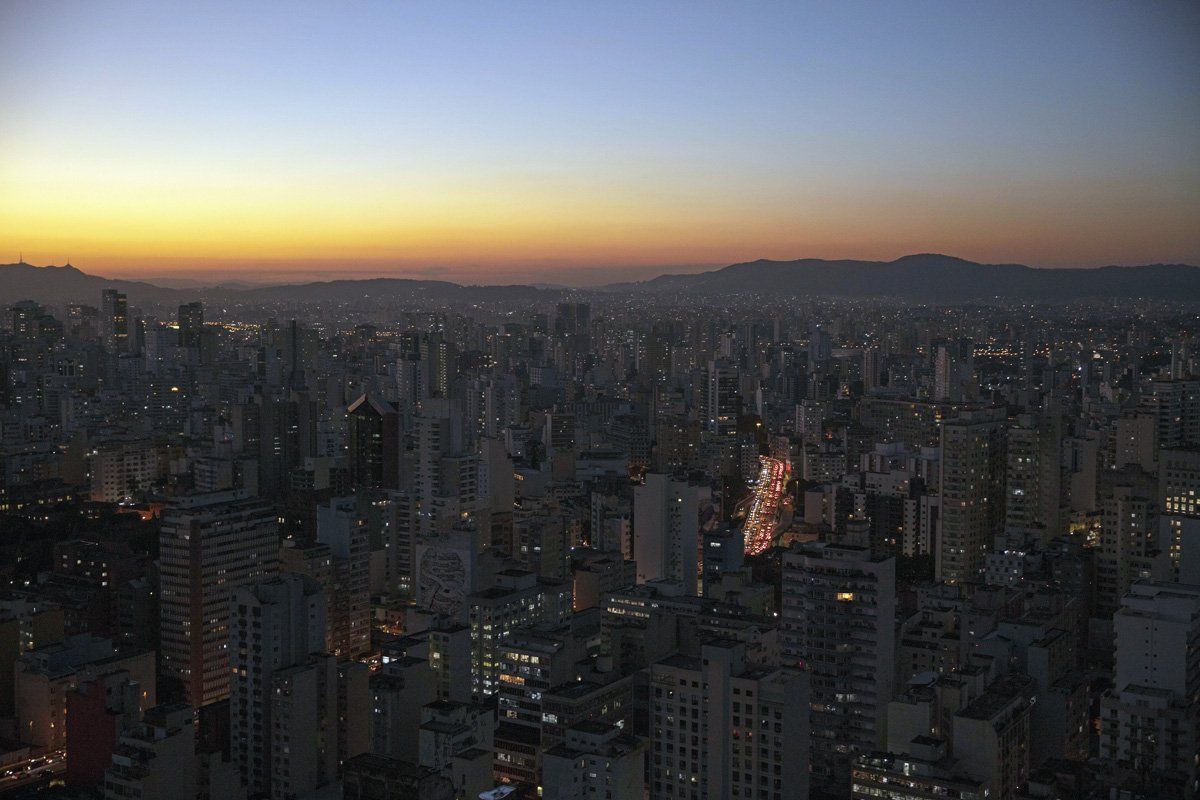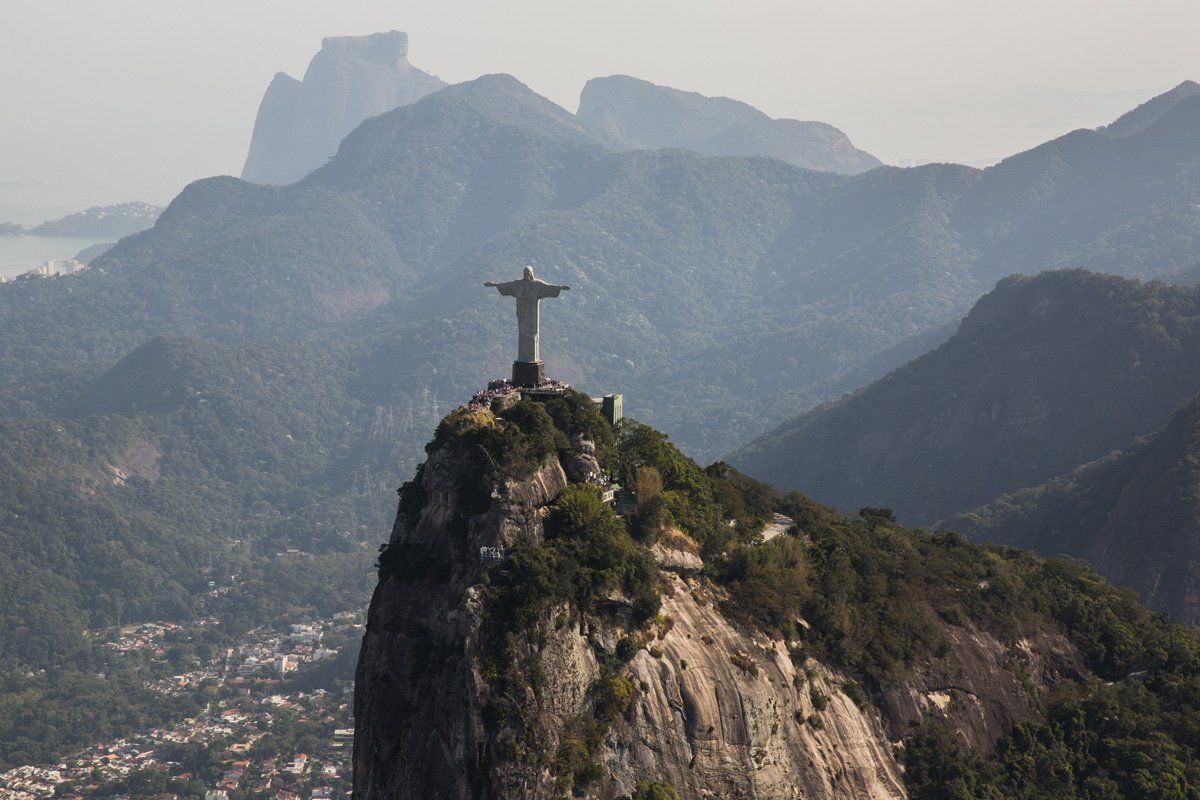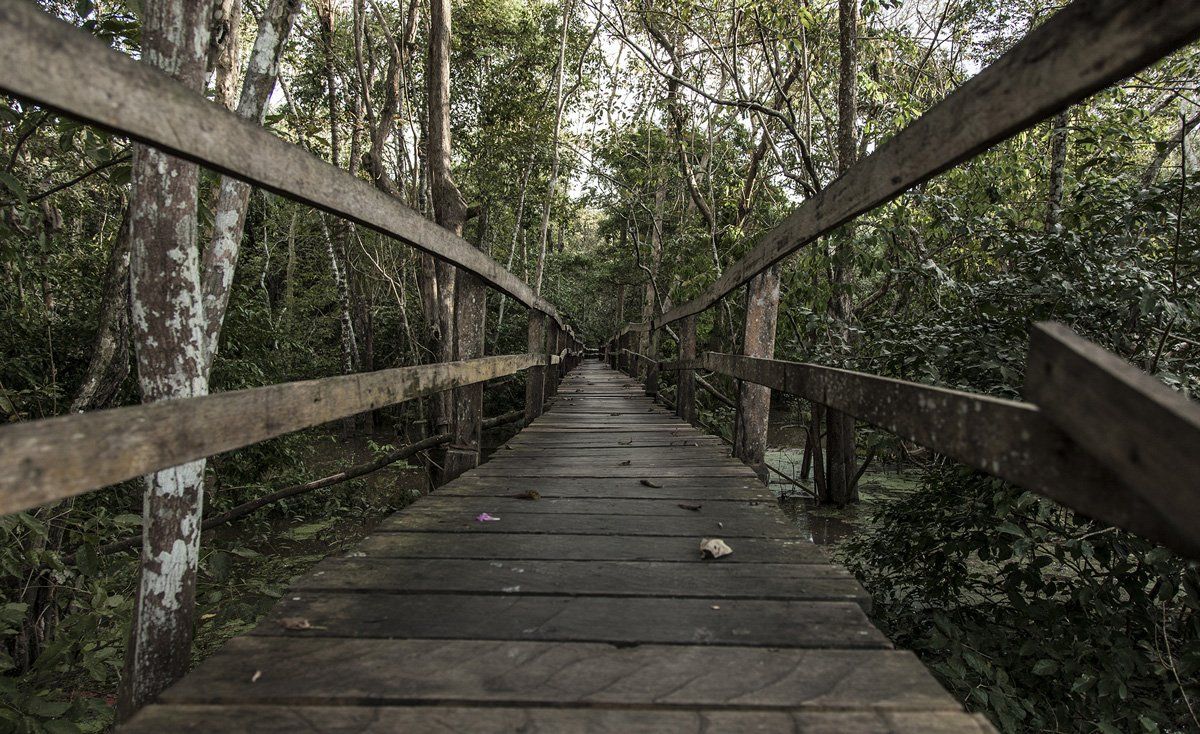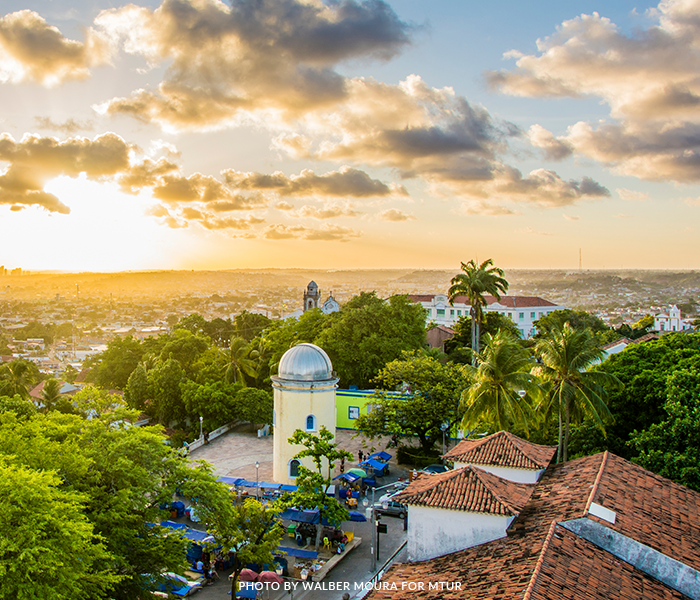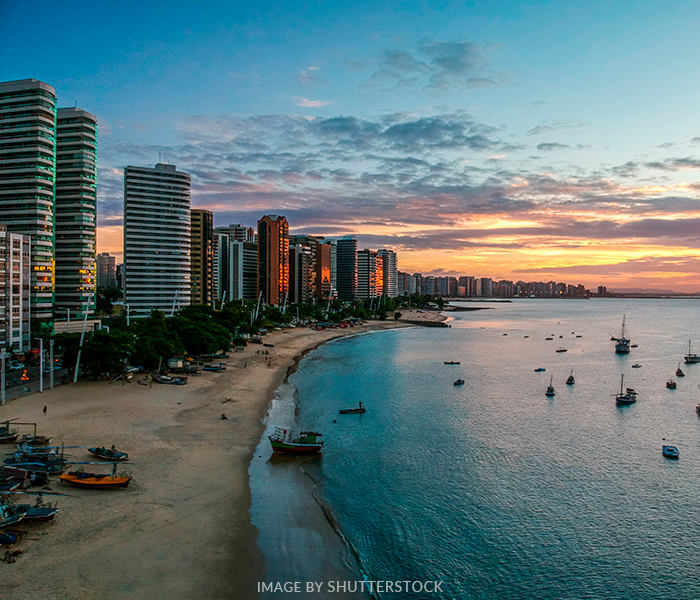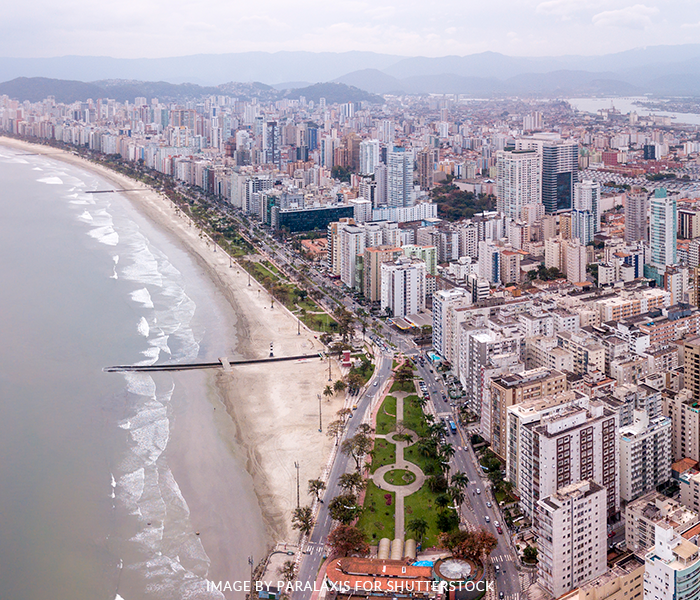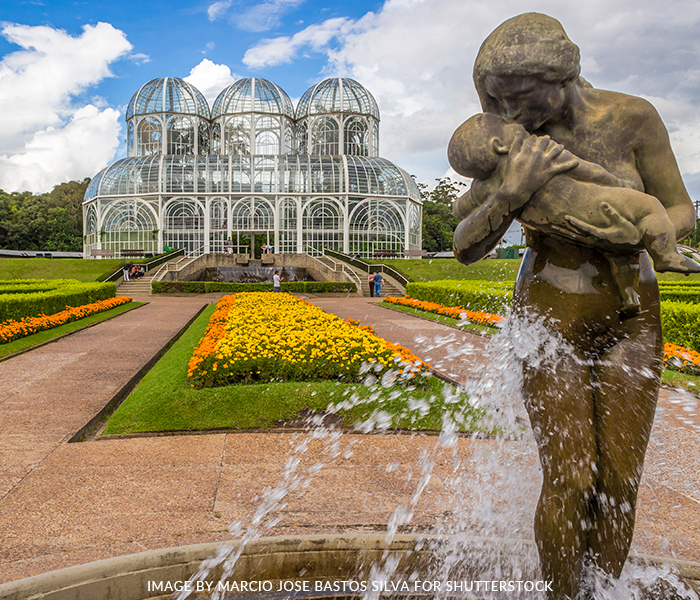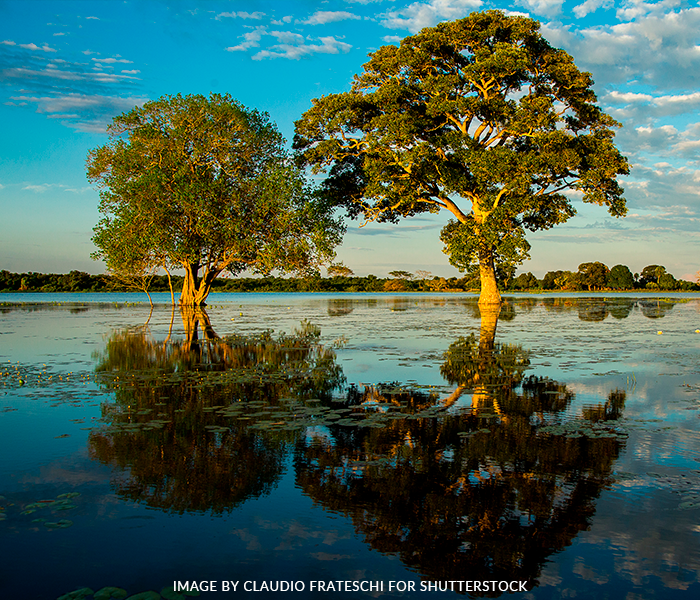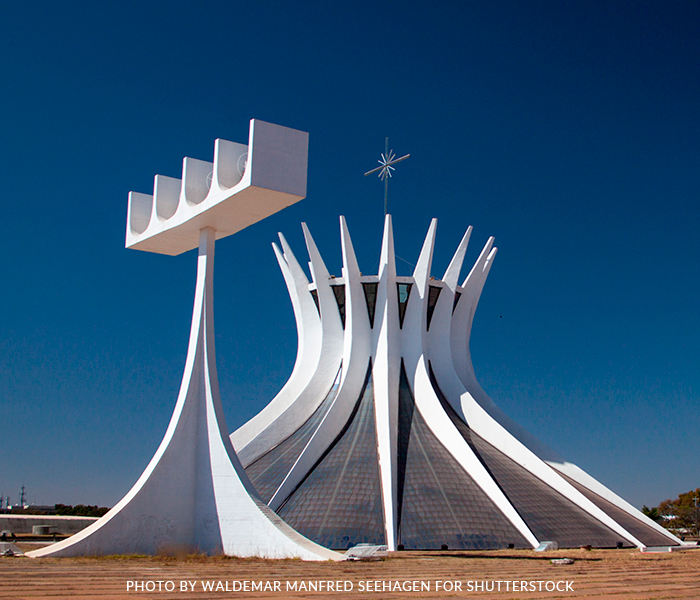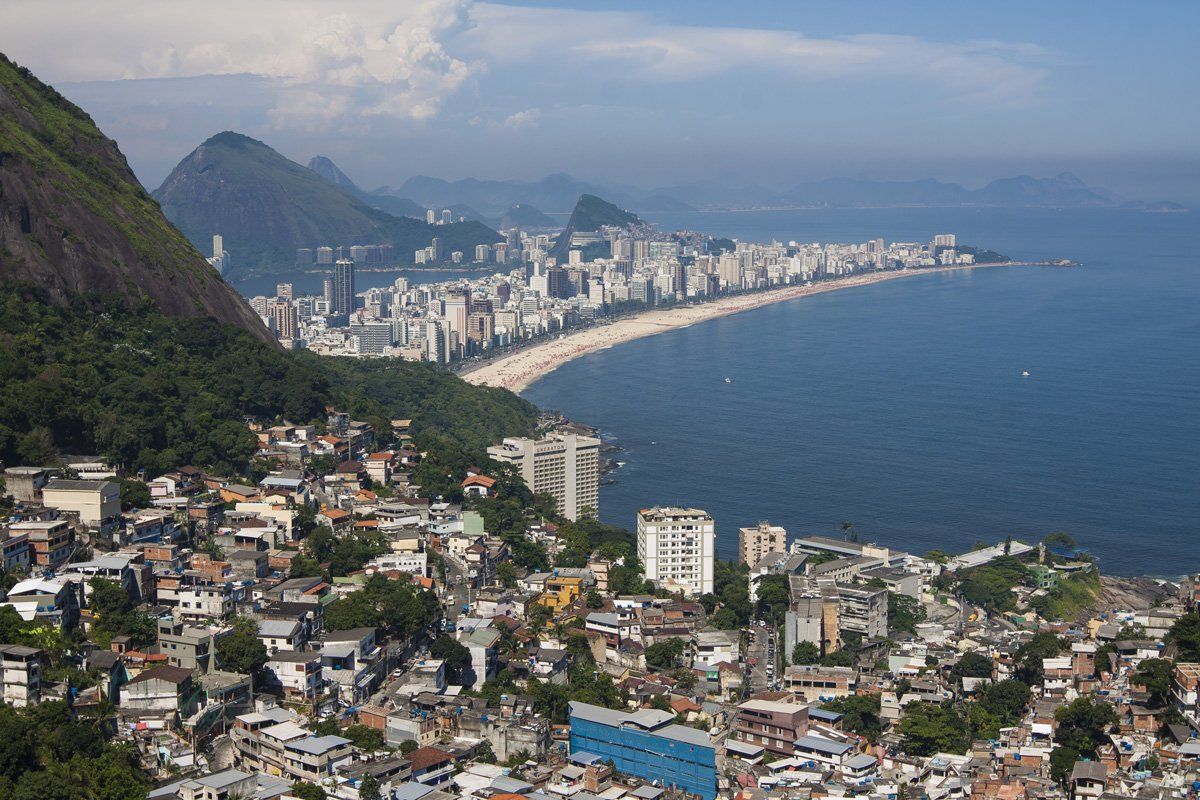Founded in the 1870s by Brazilian herdsmen and later colonised by Portuguese, German and Italian immigrants, Gramado is the perfect mix between past and present.
Also known as Brazilian Switzerland due to its colder climate, architecture and culture, Gramado is the second most visited tourist destination in the country. Tourism has been a part of its history since the early 1930s when the railroad was built connecting the town to Porto Alegre, the state's capital. More people passing through the town caused the population to increase and generated an interest in the local
beautiful, natural landscape.
After the 1950s, Gramado became an important part of the footwear-making sector due to strong industrialization. However, due to governmental decisions and an economic crisis, established shoe manufacturers either left or went bankrupt.
Consequently, the town went back to a tourism-based economy in the 1990s, but with a new vision. The city council would concentrate their efforts on making it a year-round destination, diversifying tourist attractions and creating new cultural events, while giving the visitors an unique experience of the local traditions. During this time, the city found a balance between natural beauty, modern attractions (such as theme parks), cultural events and great infrastructure. That makes the place
ideal for a shoot.
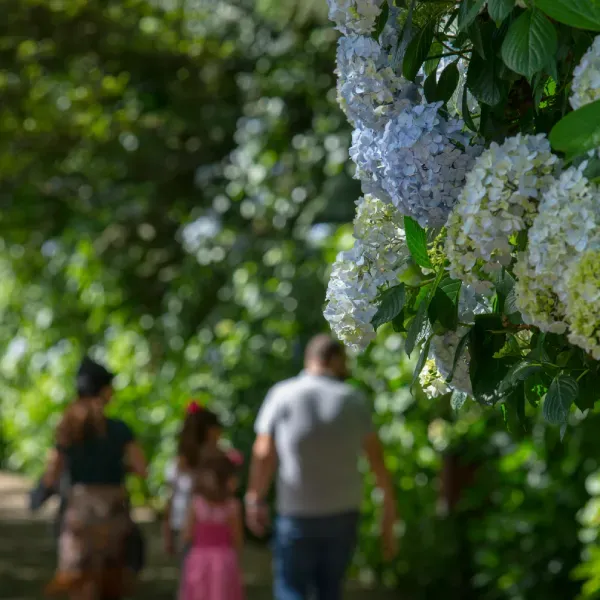
Gramado's unique style is featured in two well known Brazilian soap opera productions. Chocolate com Pimenta (Pepper Chocolate, 2003-2004) is a period drama set in the 1920s, that tells the story of Ventura, a fictional town in the south of Brazil. Ventura is completely based on Gramado's architecture and European feel. Also, the natural landscapes shown in the production include Gramado's Lago Negro (Black Lake), Parque das Sequoias (Sequoia Park) and Ponte do Passo do Inferno (Passo do Inferno Bridge). A Vida da Gente (The Life We Lead, 2011-2012) focuses on the life of Ana, a young woman that goes into a coma after a car accident, and how she regains control of her life after remaining unconscious for five years. The production incorporates the peculiarities of Gramado and Porto Alegre, two cities in the south, showing some of their traditions and landmarks. Gramado's Borges de Medeiros Street and Matriz Church are among the locations depicted there.
The region is also represented in the Oscar-nominated
film
O Quatrilho
(1995), which portrays the ups and downs of the lives of Italian immigrants who moved to the countryside in southern Brazilin search of better life. This production was acclaimed for its art direction and the depiction of quintessential 20th century rural Brazil. It was nominated in 1996 for the Best Foreign Film Award and was the second Brazilian film ever to get a nomination in the Oscars.
Why film in Gramado?
Here are 5 reasons why Gramado is an attractive location for foreign productions:
01 Mix of cultures
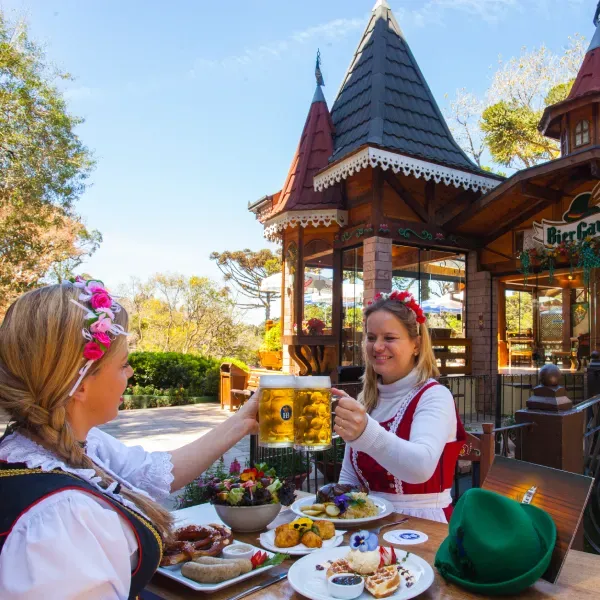
Having been colonised by three different nationalities, Gramado is a melting pot of cultures and customs. Founded by herdsmen of Portuguese descent, by the end of the 19th century it was only a small village. In the early 1900s the second group of colonisers arrived: German immigrants. They brought German school, traditional foods such as beer and sausage, and their cultural practices to the city.
The third group of settlers to become part of the local history were the Italians, around 1913. Italian immigration to Brazil happened at an intense rate at the beginning of the 20th century due to the economic hardship faced by that country. These settlers left their own impression on the social scene with traditional dishes, including pasta and pizza, their traditions and even Italian newspapers.
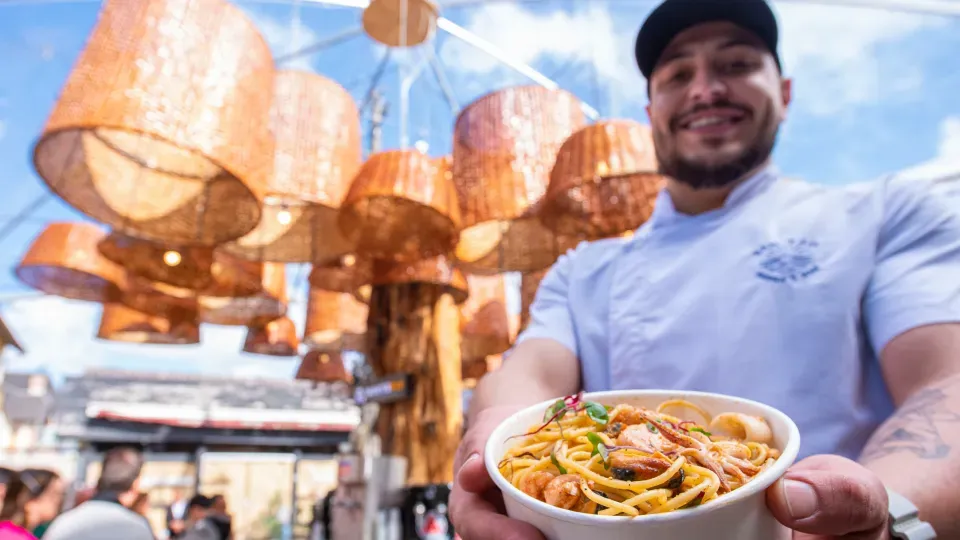
Nowadays, Gramado celebrates this diverse cultural background with an event called Festa da Colônia (Colony Party), a union of Portuguese, German and Italian traditions and a celebration of the rural productivity of the settler's descendants.
The party takes place all over the town and displays the vital elements of the rural settler's traditions: food, music, folkloric dances, games and events. The highlight of this festivity is the Choosing of the Sovereigns which consists in picking local women representative of the local rural community to be the event ambassadors.
Festa da Colônia happens throughout April and May and attracts thousands of visitors every year, honouring its promise to enthusiastically celebrate country life.
02 German architecture in Brazil
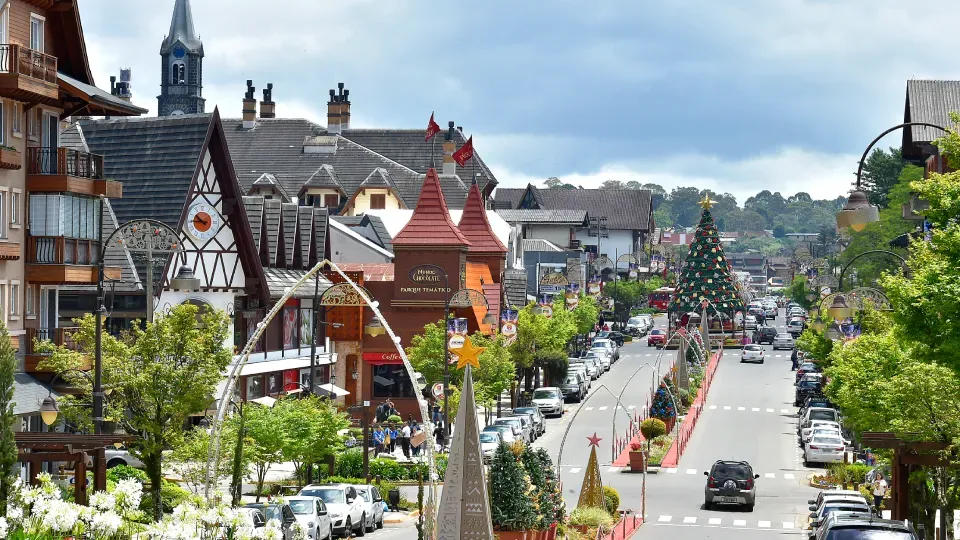
Gramado's architecture is heavily influenced by European colonists who settled there in the 19th century. One example is a German building technique that is heavily adopted in the town Fachwerk.
In Fachwerk (also known as timber framing or post-and-beam), the houses are built using timber carefully fitted and joined with wooden pegs creating a square foundational structure for the property. The highlight of this technique is the wooden squares created by the main structure which are left exposed on the outside of the building. This specific style is found in few Brazilian cities, making Gramado a
rare gem.
03 Gramado in Concert
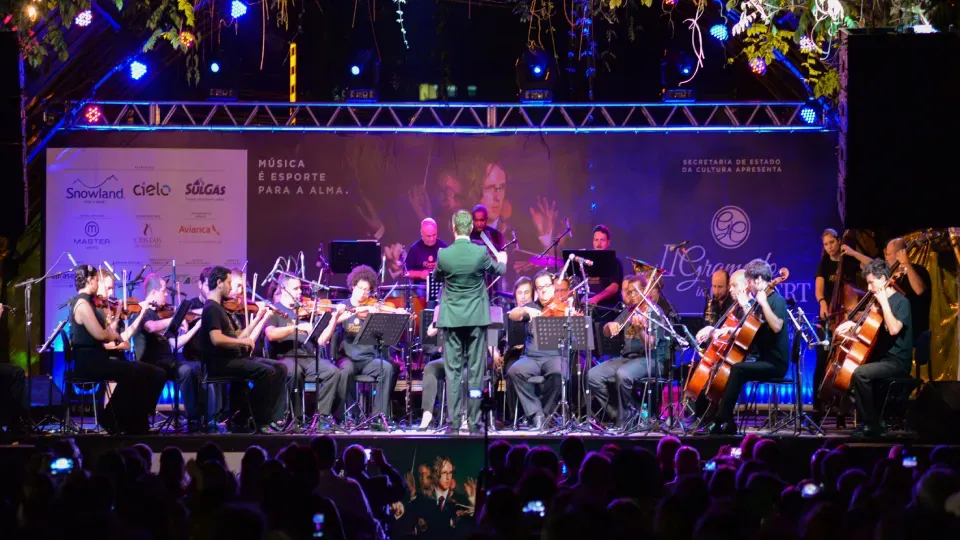
Gramado in Concert is a music festival and workshop that flawlessly combines the best of classical music and beautiful touristic sites. During the event, at the beginning of February, the city hosts performances by the local orchestra, selected chamber music groups and soloists.
Besides encouraging an interest in classical music, the festival aims at discovering new talent by hosting competitions for
composers and soloists who win prizes for participating in workshops on instrumental technique and conducting, as well as specific musical projects.
04 Natal Luz
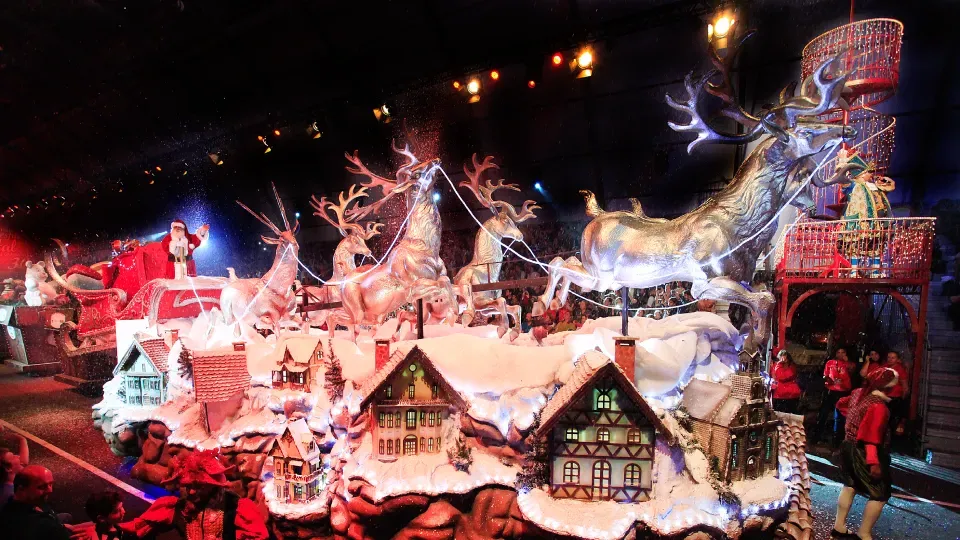
Christmas is a very important time in Gramado. Every year, the town organises a festival called Natal Luz (Christmas Lights) with concerts, parades and lush decorations throughout the streets. In 2022, Natal Luz was even used as a set in the upcoming production
O Natal do Príncipe e da Florista (The Prince and the Florist's Christmas).
Visitors from all over the world can take in the detailed costumes, giant floats, martial bands and, of course, get a glimpse of the famous Santa Claus.
Recommended for all those who want to immerse themselves in a magical experience, the festival is the biggest Christmas-related event in Brazil, held from the end of October to the end of January.
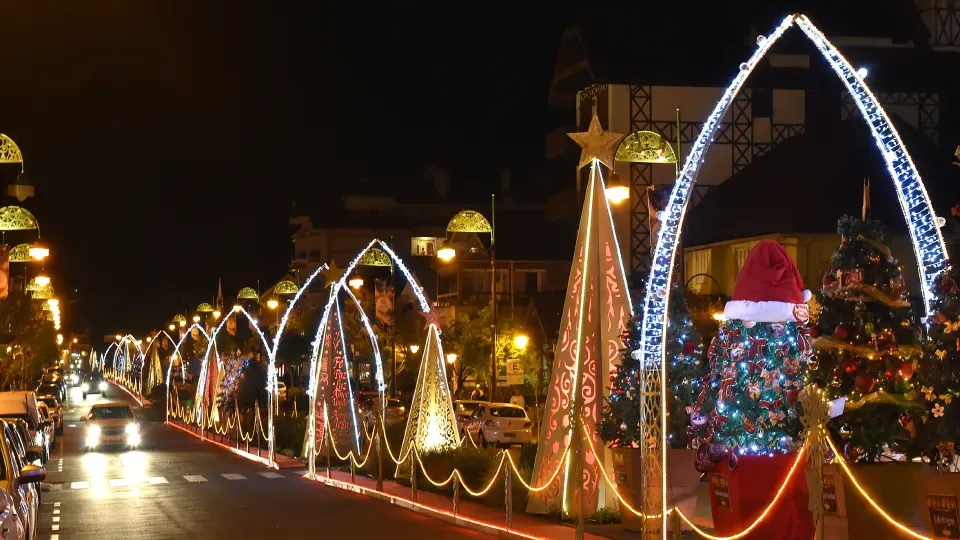
05 Gramado Film Festival
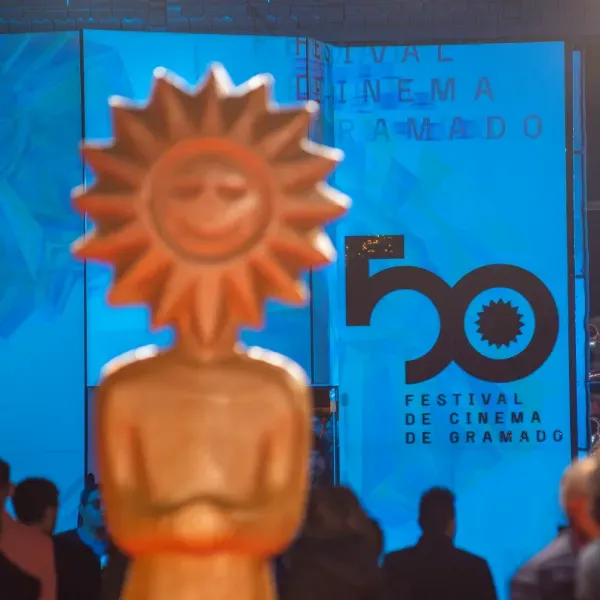
With its first edition in 1973, Gramado Film Festival is the most important cinematic event of the country. Having ushered all the stages of Brazilian cinema, it’s considered a pioneer and a role model for all movie-related local ceremonies.
The festival pays homage to remarkable filmmakers and shines a light on the constant changes of the national film scene. It has even highlighted productions that became internationally recognized, such as Dona Flor e Seus Dois Maridos (Dona Flor and Her Two Husbands, 1976), a comedy movie set in the Northwest of Brazil. After winning for Best Director and Best Soundtrack in Gramado, it was nominated for a Golden Globe for Best Foreign Language Film; Sônia Braga, the lead actress, was nominated for the Bafta Rising Star Award.
Initially, the event displayed only Brazilian motion pictures, but due to a period of economic crisis in the 1990s, the committee decided the best option was to make the competitive screenings international in 1992. The change was so successful that it became permanent.
Gramado Film Festival takes place in mid-August and it’s the main cultural event of the winter season.
Key facts about Gramado
Population: 31.161 inhabitants
Elevation: 885 m (2,903 ft)
State: Rio Grande do Sul
Region: South
Time zone: GMT-3
Climate: Subtropical
Average temperature:
16.7ºC (62ºF)
Did you know?
Three facts you probably didn't know about Gramado:
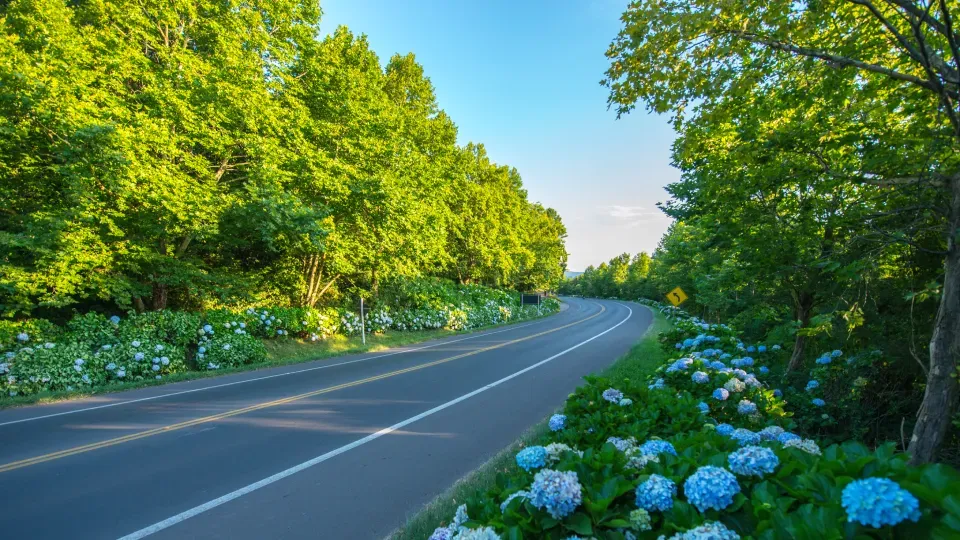
Named by herdsmenday
Before the official founding of the town, the area where it’s situated was considered by herdsmen
as a great place to rest during travels because of its vast grass fields. After some time, the region started to be called ‘lawn’ in Portuguese (gramado).
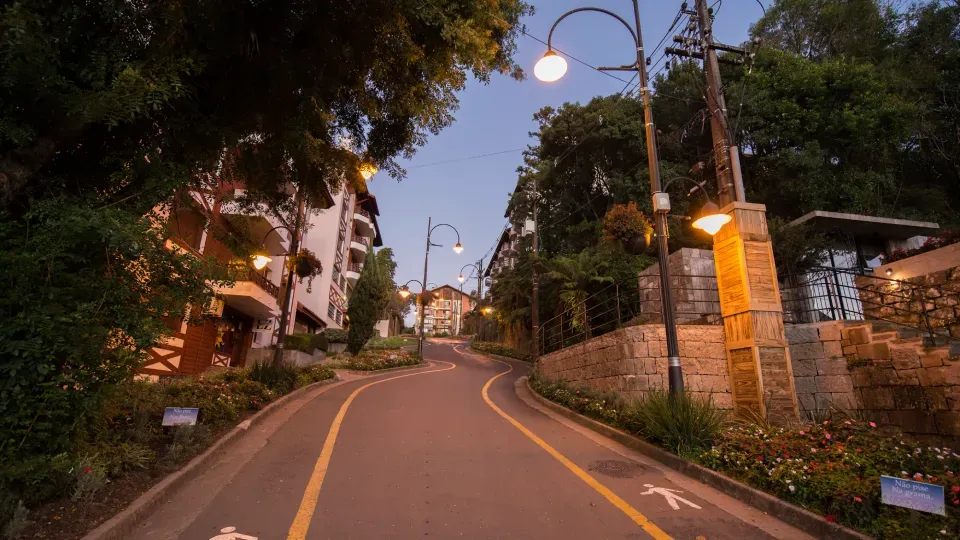
Organised city traffic
There are few traffic lights in the city. The traffic
is so organised and the local drivers are so polite that in most parts of the region stoplights are considered pointless.
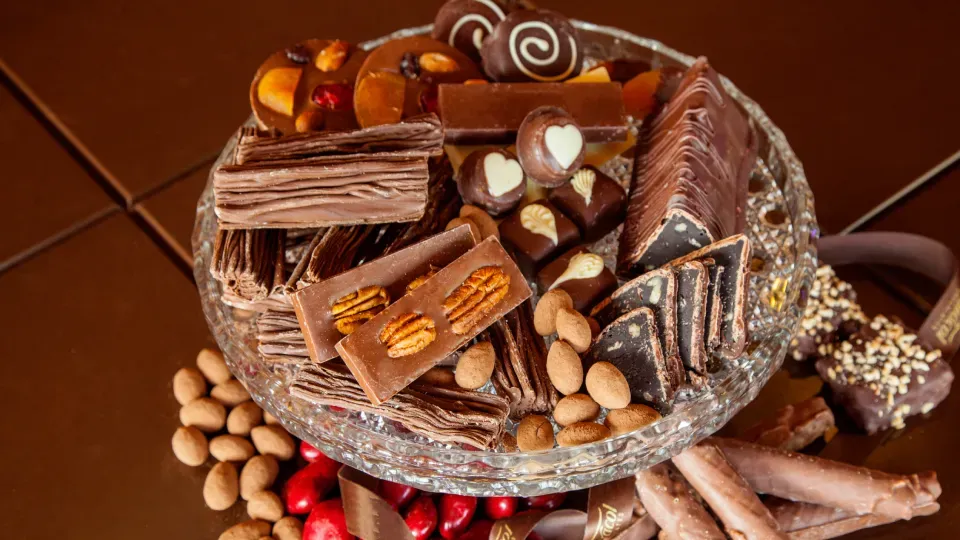
National capital of artisanal chocolate
Famous for the quality of its chocolate and its incredible variety, Gramado holds the title of national capital of artisanal chocolate. There are local chocolate shops for all tastes and budgets.
At some locations, it’s even possible to get a peek at the production process.
Gramado's charming ambience and diverse cultural scene definitely make it an interesting location for a shoot. Story Productions can help you plan and execute your vision by providing full production services in Brazil, ensuring efficiency and quality content.
Get in touch and one of our representatives will provide you with a budget to meet your needs.








